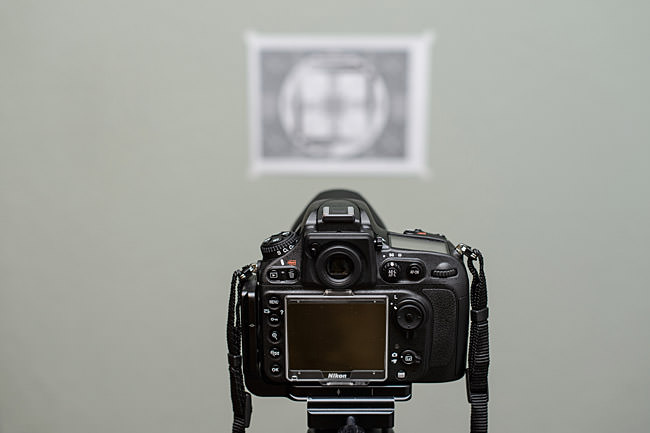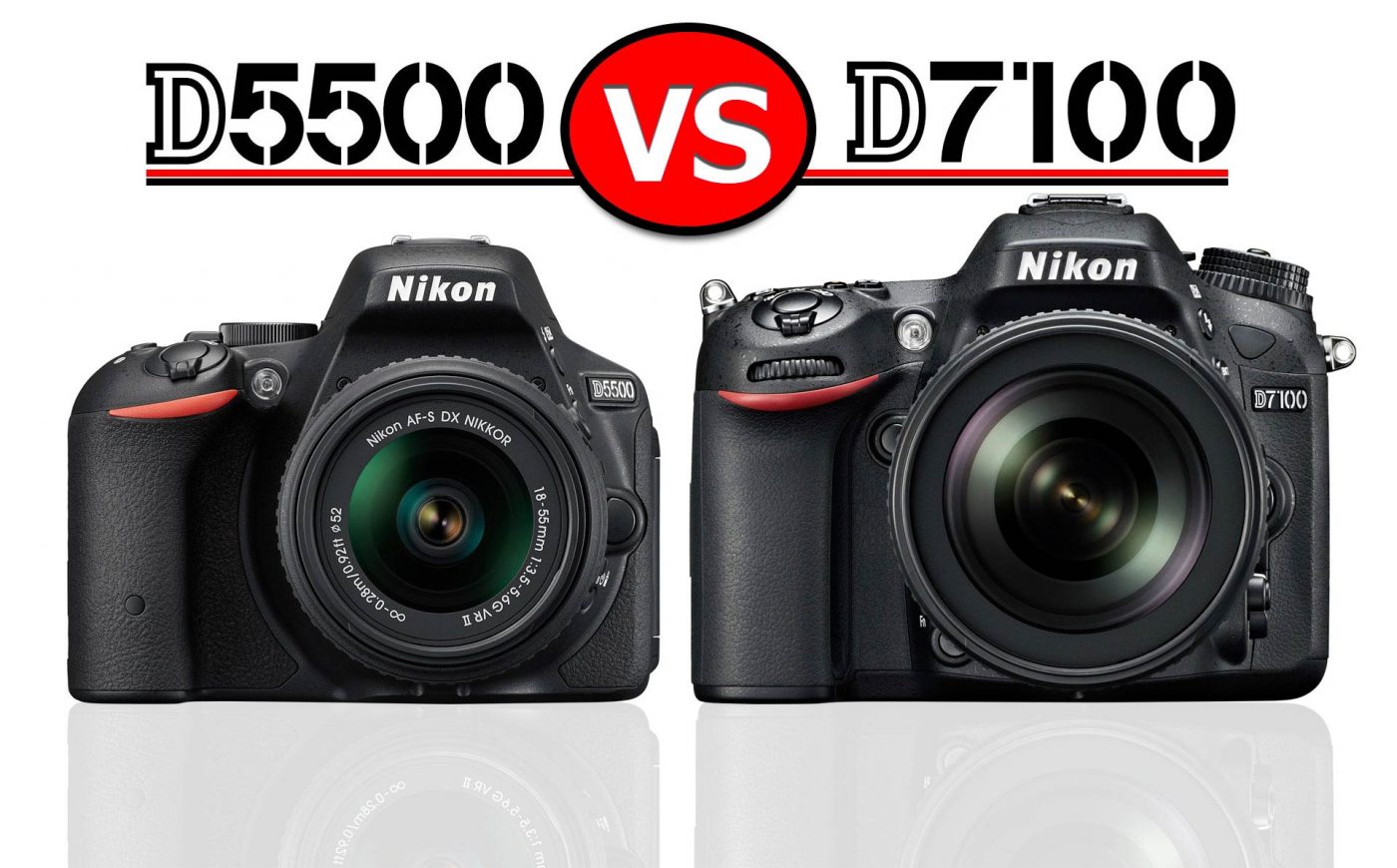Aug 08, 2017 Just bought the D850 and spent the day fine tuning focus. Most of my lenses were pretty straight forward except for my Nikon 24-70/2.8. The values I got on that were +13 at 24mm, +5 at 35mm, -11 at 50mm and -8 at 70mm. I followed your advice to a T and took 12 readings (minus the 2 outliers) per distance setting. However, that is set to change with the Auto AF Fine Tune feature that is present on cameras like the Nikon D5, D500, D7500, and most likely any future mid-to-pro level cameras. (Here’s looking at you, D850.) “The typical way Auto AF Fine Tune is performed by most users leaves a LOT. Although the Nikon D5600 has a more streamlined menu than some other cameras in Nikon’s lineup, there are still a huge number of camera settings and options that you need to know about. In this article, I will cover everything you need to know about menu settings for the Nikon D5600, including a specific recommendation for every important setting. This should help you make the most of your.
Follow the steps below to fine-tune autofocus. Note that fine-tuning applies only with phase-detection AF (viewfinder AF) and is not available during live view. You may have difficulty focusing at infinity or at the minimum focus distance while fine-tuning is in effect.
1 Select AF fine-tune.
Highlight AF fine‐tune in the setup menu and press .
2 Select AF fine-tune (On/Off).
The AF fine‐tune (On/Off) option in the AF fine-tune menu is used to turn AF fine-tuning on or off. Highlight AF fine-tune (On/Off) and press .
3 Select On.
Highlight AF Fine-tune(On/Off) and press to enable AF fine-tuning for all saved lenses and return to the AF fine-tune menu (to disable AF fine-tuning, select Off).
4 Select Saved value.
To fine-tune focus for the current lens, highlight Saved value and press .
5 Select a value.
Select positive values to shift the focal point for autofocus away from the camera, negative values to shift it towards the camera.
Auto Focus Movie
The camera can store values for up to 20 lenses; to fine-tune additional lenses, attach them and repeat the steps above. Note that fine-tuning values are stored by lens name (focal length and maximum aperture) and that only one value can be stored per name, although values recorded with teleconverters attached are saved separately. To delete previously-saved values, select List saved values, highlight the desired lens, and press .
Checking Focus
Photograph the target as described in “Setup” and check focus (if the effect is hard to see in the camera monitor, transfer the picture to a computer, where it can be viewed at higher resolution). Adjust fine-tuning in the desired direction and repeat the process until you are satisfied with the results. Before each shot, change the focus distance by a large amount prior to engaging autofocus.
Auto Focus.ph
Other Options
The options in the AF fine-tune menu can also be used for the tasks below.

Storing Values for Additional Lenses
Fine-tuning values for additional CPU lenses can be added using the Default option as described under 'Fine-Tuning'.
Managing Previously-Saved Values
To view previously-saved values, select List saved values in the AF fine-tune menu.

Lenses are listed by focus distance and maximum aperture, and can also be assigned an identifier as described below. To delete a lens from the list, highlight it and press .

To distinguish them from other lenses with similar names (or, if you own multiple lenses of the same type, to identify the particular lens used for fine-tuning), lenses can be assigned unique two-digit identifiers.
Highlight a lens in the saved values list and press to display the lens identifier. Press or to choose an identifier and press to save changes and exit.
댓글